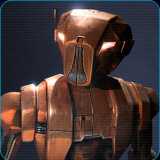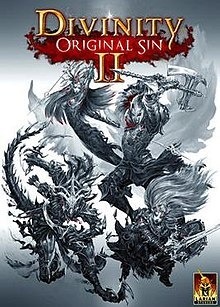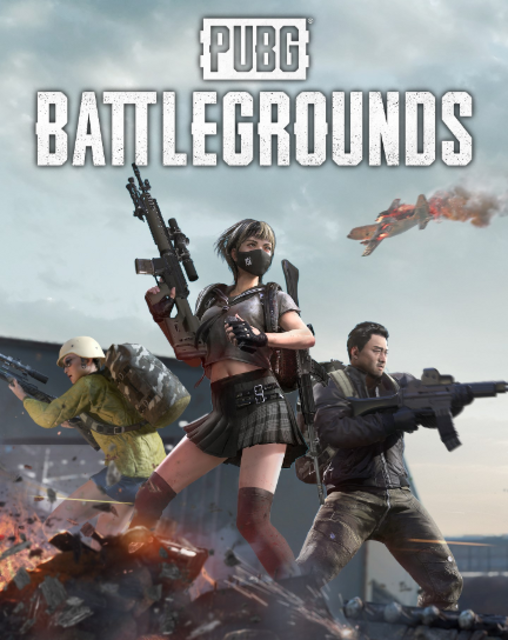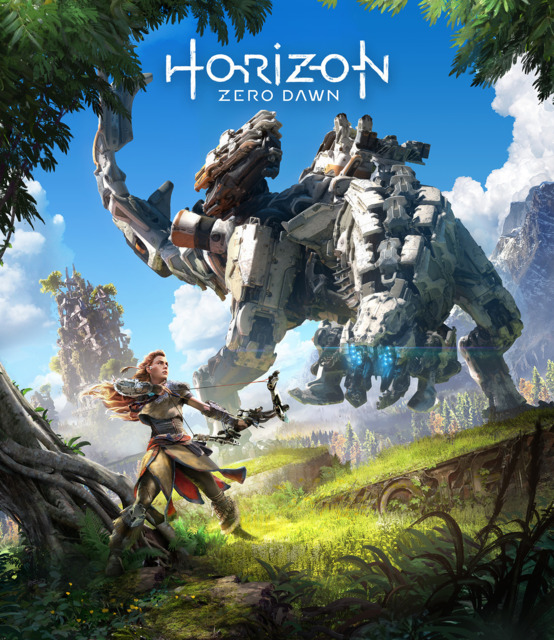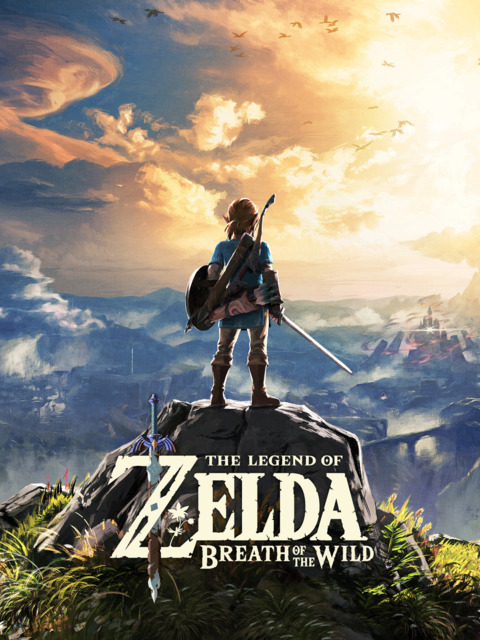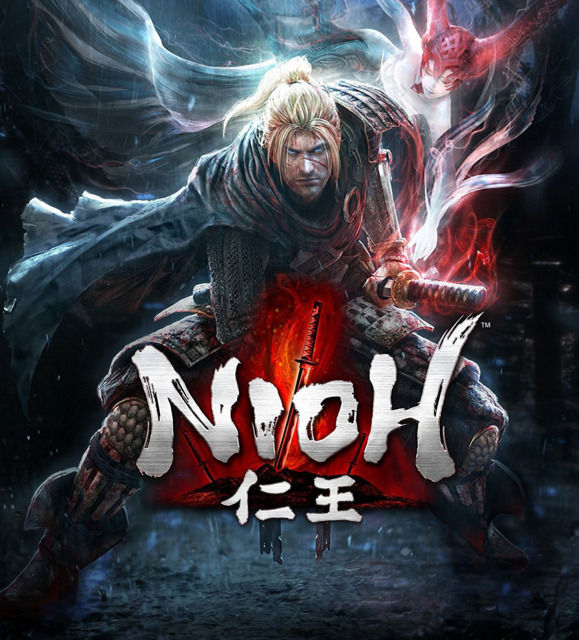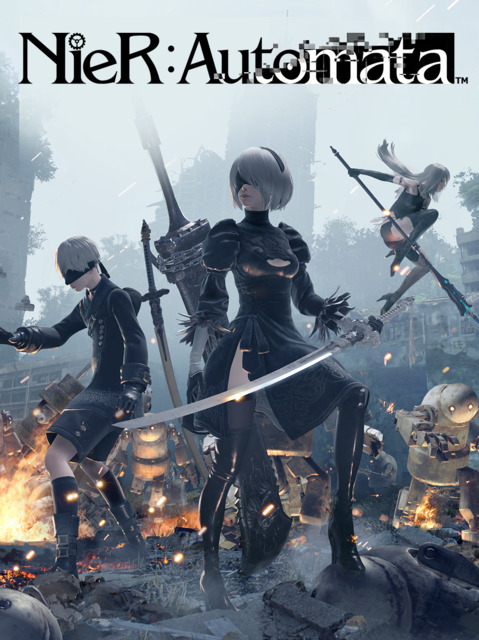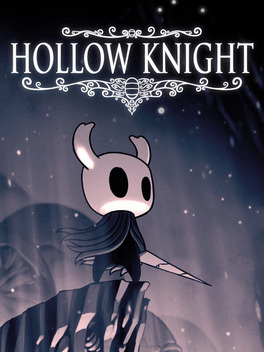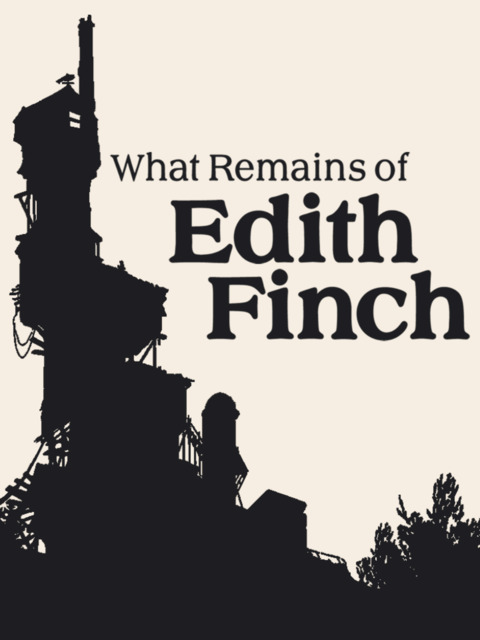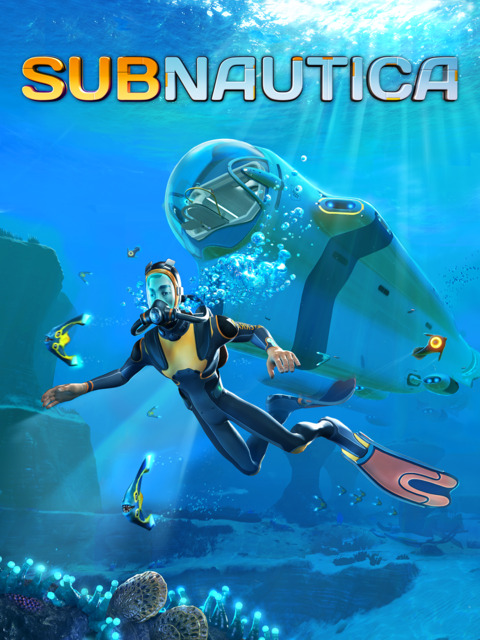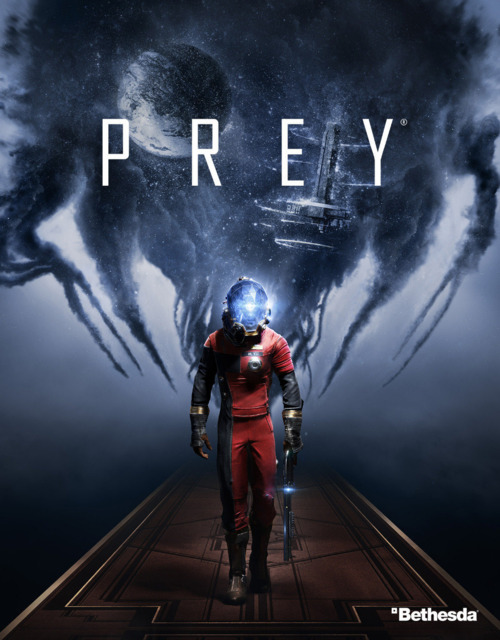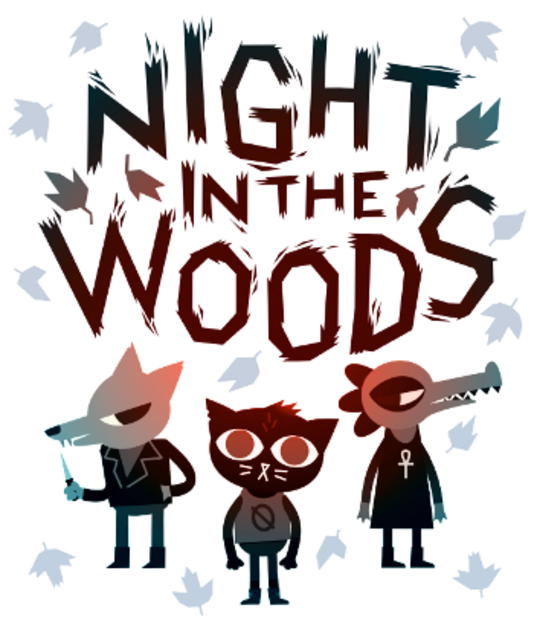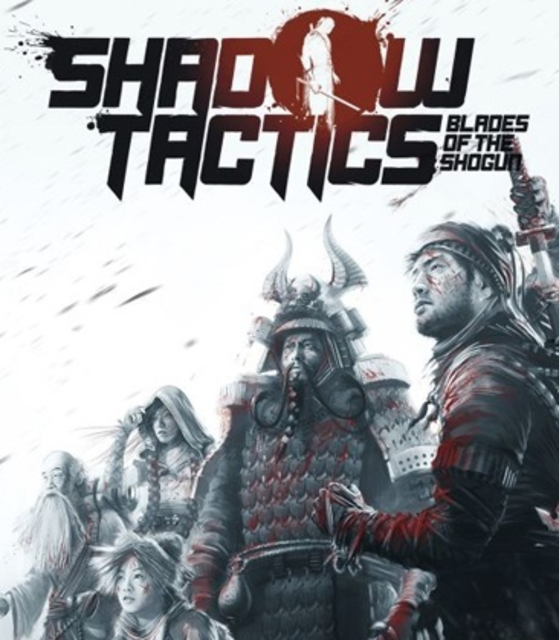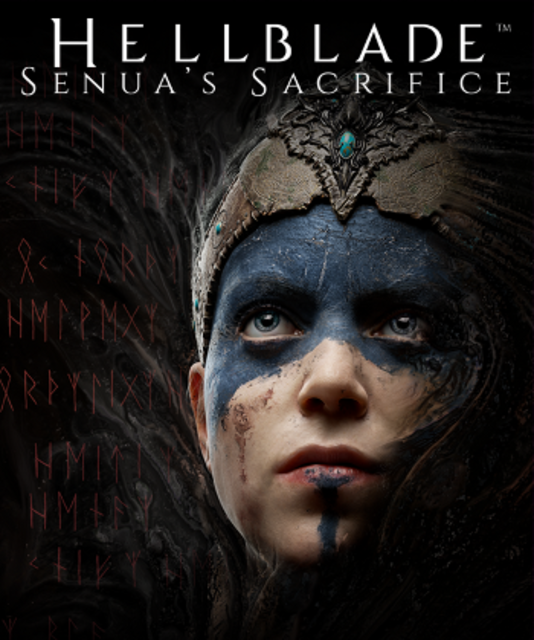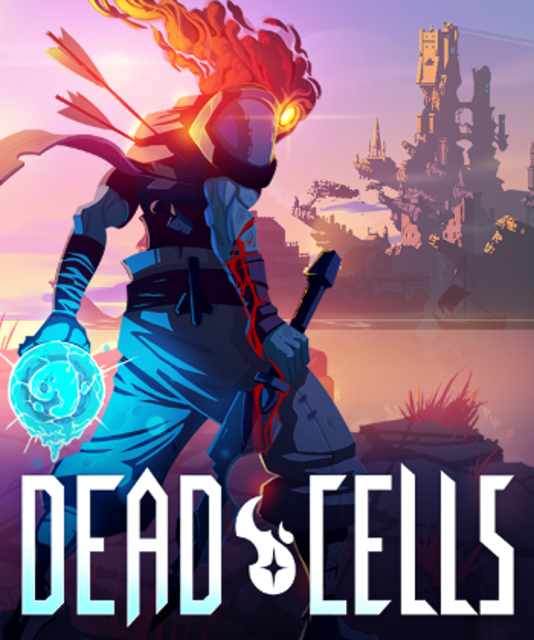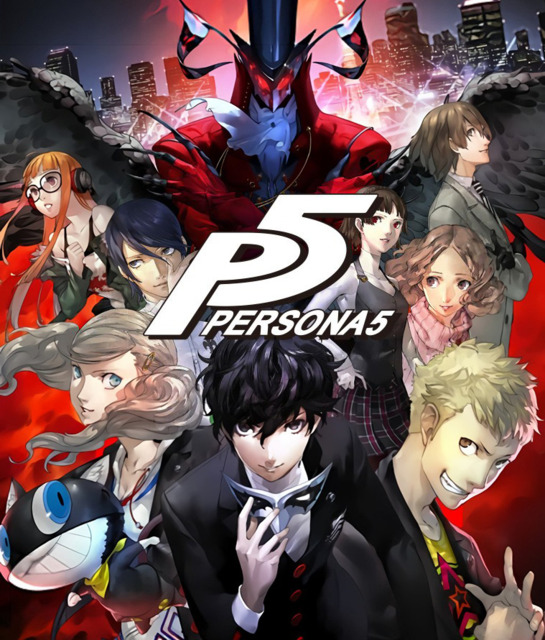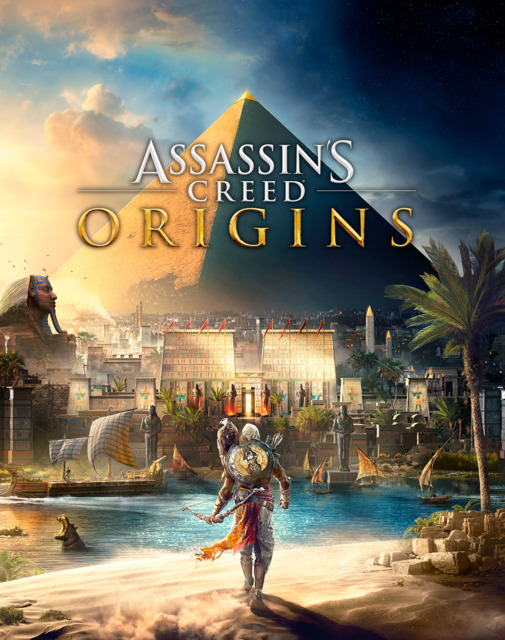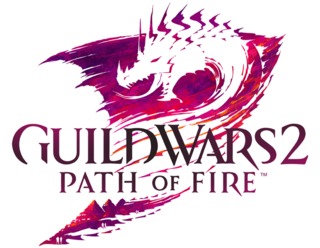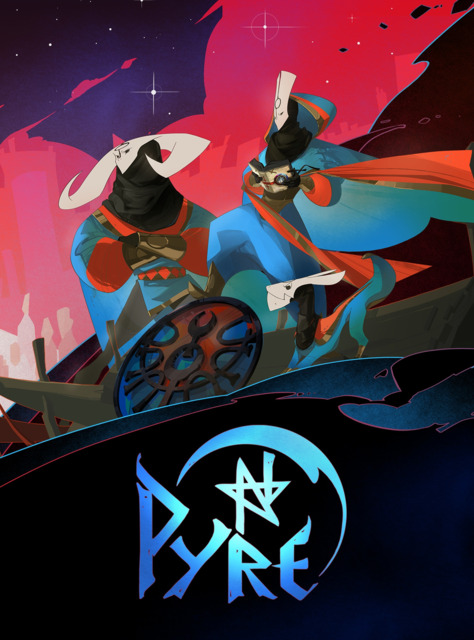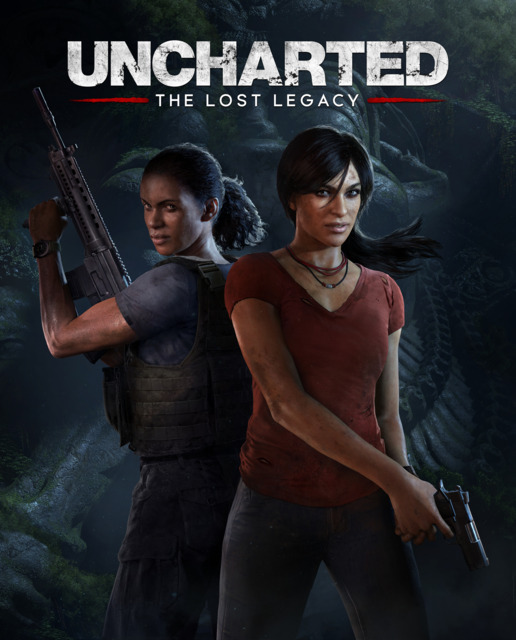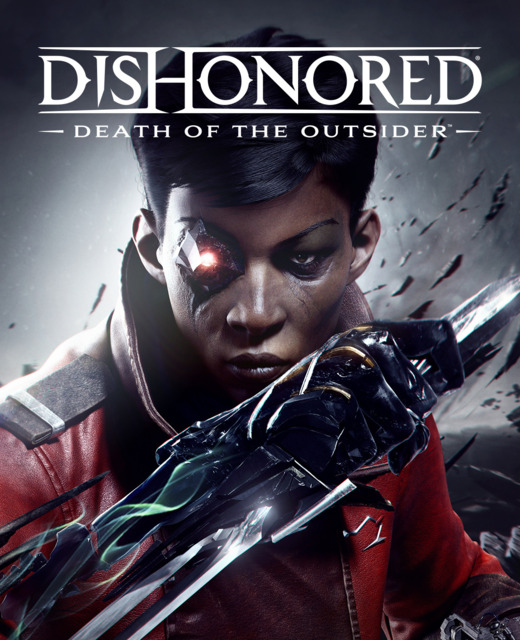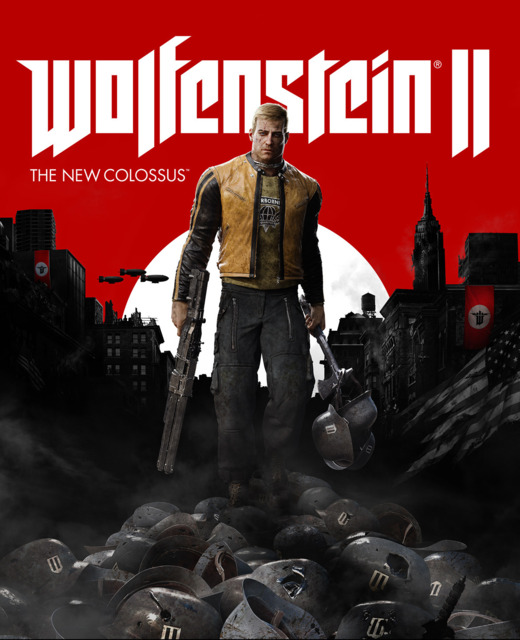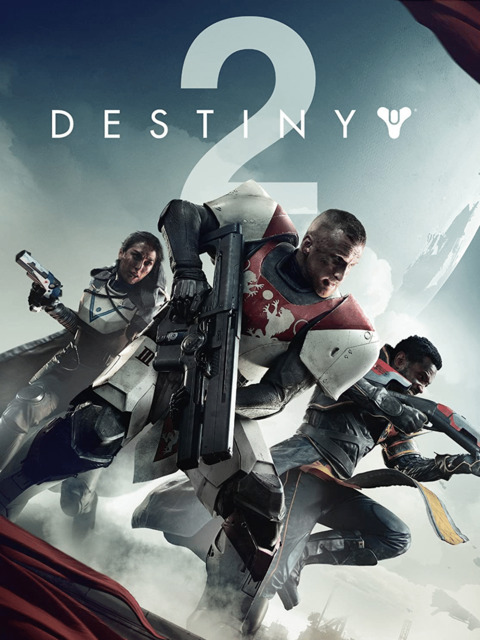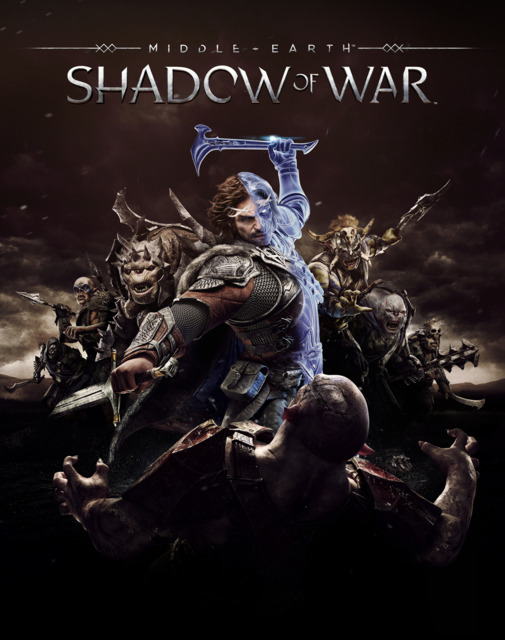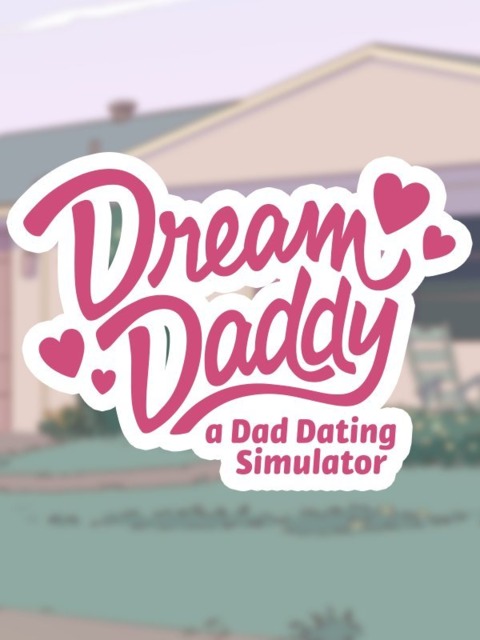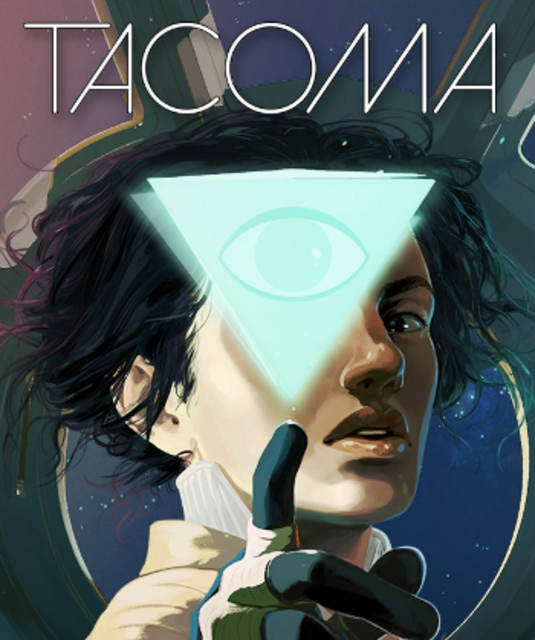Original Sin 2 may be my favourite game. Like, not just this year. Like, ever. Competing against the Knights of the Old Republic and Mass Effect series, my #1 would vary depending on how the wind blows on any given day. Enter: Original Sin 2.
I really enjoyed the first Original Sin game. I think I ended up critically underrating it the year it came out, went back to it recently, and fell in love all over again. Original Sin has a couple core issues. For starters, the writing is directionless, tonally EVERYWHERE, and doesn't know how to take itself seriously for half a second. While there is a fair bit of variety to both the abilities and environments in the game, there isn't *enough* variety to last 40+ hours; it can all get a little samey after a while. Finally, pacing. Within half an hour of learning the core game systems, you can be stuck in a city with 10-20 hours of quests and exploration to do. It's an impressive design feat in terms of content density, but boy does it get in the way of feeling like progress is being made.
Original Sin 2 addresses these problems and is, almost without question, the best role-playing experience the video games medium has ever produced.
God, where to start? ACT I (har): Character creation. I spent 2+ hours here, and the game doesn't even have much in the way of cosmetic choices to make. Pick a race, class, go. Simple, right? Nah, son. You can go in and customize appearance, voice, attributes, combat abilities, civil abilities, skills, talents, tags, and instruments. WHAT? Appearance, simple; voice is a bunch of options for combat reactions and light commentary mostly; attributes govern the outcome of your numbers from health to spell slots; combat abilities are your proficiency-rank in a given class of skills (necromancy for instance) that come with their own passive perks; civil abilities are non-combat oriented proficiencies like thieving or telekinesis; skills are the spells available to you (hotkey buttons); talents are personality-loaded Fallout perks that can range from Pet Pal (letting you talk to all animals) to Leech (standing in pools of blood heals you); tags are conversation-influencing personality identifiers (Dwarf, female, jester, outlaw, etc.); instrument changes all the combat and conversational music to be played in the instrument of your choice. No joke.
Character creation: Chapter 2 (har). If you scroll out of the "custom" character section, you arrive in the cast of 6 preset "origin" characters. These have their own little narrative presentation button that gives you their gist. They come with their own tags, voice lines, questlines, and recontextualize the entire narrative to certain around them. They also act as your cast of potential companion characters to round out your party for the journey. Playing as a different origin character can have so many mechanical and narrative implications for your playthrough that it might as well be a different game. Fane, for instance, is undead; you can make him a mage or warrior or whatever. Because he's undead, healing hurts him and poisoning heals him--enemies use this to their advantage and you can fuck up and accidentally heal him to death (death-death?). Moreover, people will generally run in fear from the undead so you need to keep yourself hooded or rip the face off NPCs with his grotesque face-ripper device optionally-found in the first hub. Not including his constant commentary, unique conversation lines or anything else--these two facets of his character make him a totally different play experience than any other origin character. I spend so much time here talking about the character creator because it's exemplary of why Original Sin 2 is so special: it's the MOST role-playing game.
Moving into the game itself. Like the first Original Sin, it's tactical turn-based combat where you move characters by measured meter rather than by square. Like Breath of the Wild (discussed below), it's all about the systemic interaction of objects as influenced by rules and elements. Take an arrow. Blood leaks on floor. You're now standing in a pool that conducts electricity. Your mage-buddy's spell now backfires and stuns you accidentally. Where this differs from Zelda is that the verbage (the sheer variety of ways you can interact with the world-space) is so much higher being an RPG with hundreds of skills and talents. Telekinesis is officially a non-combat ability, but you can use it in combat to move a torch to an oil spill. Everything interacts with the same logics; if you can think it, do it.
This extends to the quest and conversation mechanics. Almost any quest can be completed without direct combat. Combat abilities can solve quest puzzles; combat abilities can influence conversations; you can charm someone, make them wet with a rain spell, dry them off, create a smoke cloud and blind them. It's like the whole Skyrim head-bucket thing (put a bucket on a shop-keeper's head and they can't see you stealing from them). Tags (personality traits in conversations) can create entirely new solutions to questlines or make other characters refuse to talk to you. You can break up your team for individual play; one member could be in combat with a guard while you converse with a shopkeeper next you. Hell, you can have one party member do the duo-robbing thing by forcing the shopkeeper to talk to you while while your thief steals everything. Speaking of which: best stealing/crime system in a game? They walk by the counter and notice a missing item, run around and inquire, call guards if they catch you in a persuasion/lie check you don't pass. They'll ask each individual party member nearby too, so you can swap the item between characters to dodge their pocket-checks. It's crazy that they treat each individual party member as a different entity potentially-capable of stealing.
This whole game is also open to coop play where players control a portion of the party. We're talking multiplayer conversations with NPCs (along with PVP-antagonistic response tags unique to multiplayer). You can be as close-together or as split-up as you like. And there's a Game Master mode where someone can create entire campaigns for you and your buddies to play. While I haven't explored this mode at all, I imagine it's the best D&D experience since Neverwinter Nights. Mod tools are in there too, so you can always add what the core assets/systems don't accommodate.
Last thing I want to touch on is the writing and quest design. It is so astronomically better than the first game. All six of the origin characters are loaded with personality, and are super interesting--both as companions and playable protagonists. Almost every sidequest has a ton of emotional payoff (laughter-inducing, rage-inducing, tear-inducing... you name it), have wonderfully original twists and turns, and be a blast to navigate. The number of times I've found non-traditional solutions to quests is shocking. For instance, the first major obstacle you have is to get out of a prison-town; there are no fewer than five totally different solutions to accomplish this goal--each requiring at least a good deal of conversing, exploring or sheer dumb luck to stumble into.
Knights of the Old Republic, being my first CRPG, awestruck me with how different characters made at character creation could enable drastically different narrative and exploratory routes through the story (obviously I now know that this is a staple of the CRPG, which KOTOR was far from the first entry in). Along with being Star Wars and having a great story, this is why the experience cemented itself as a favourite game of mine. It's crazy to think about how much further Original Sin 2, some 14 years later, has moved the needle forward in this respect.
As I said above, it is unequivocally the best role-playing game ever made. And, more personally speaking, my favourite video game.
